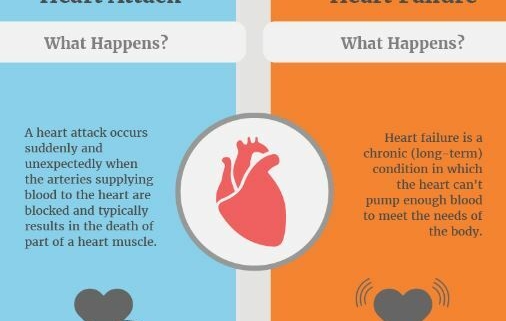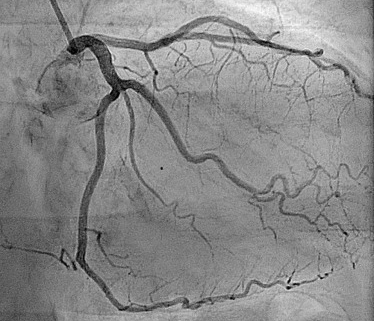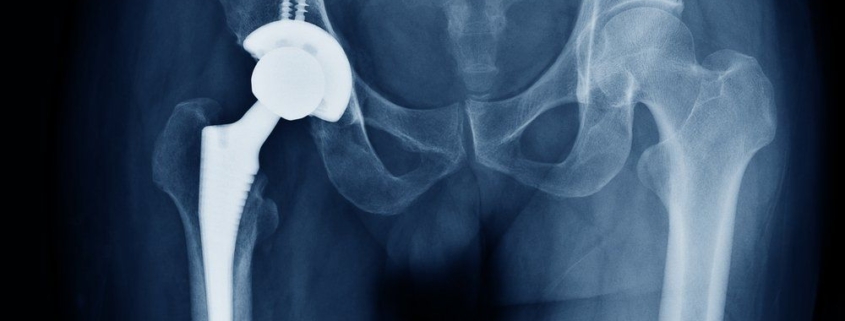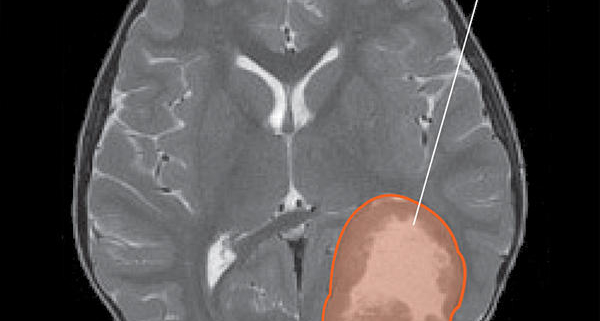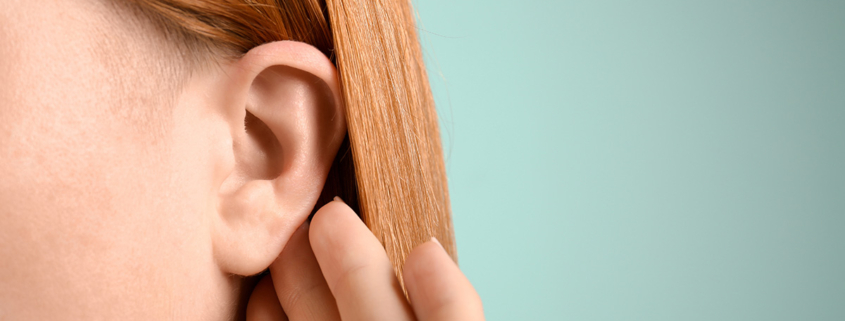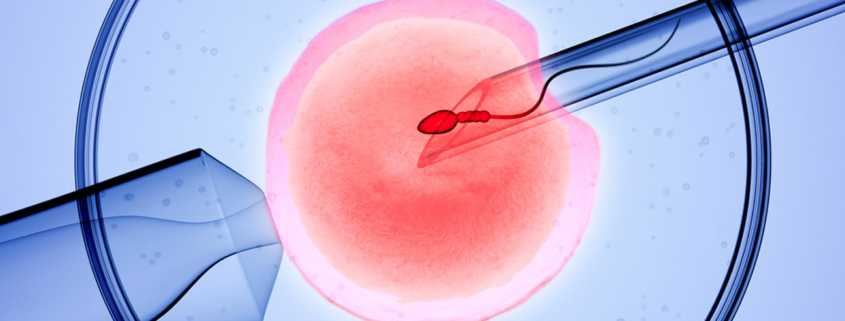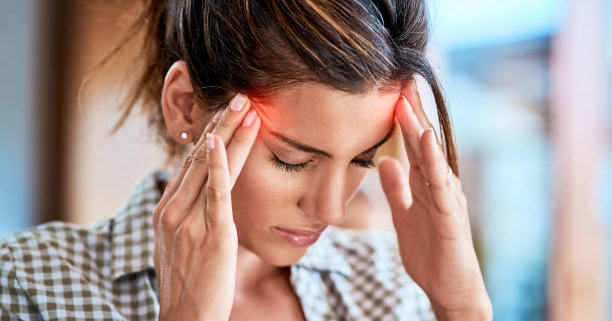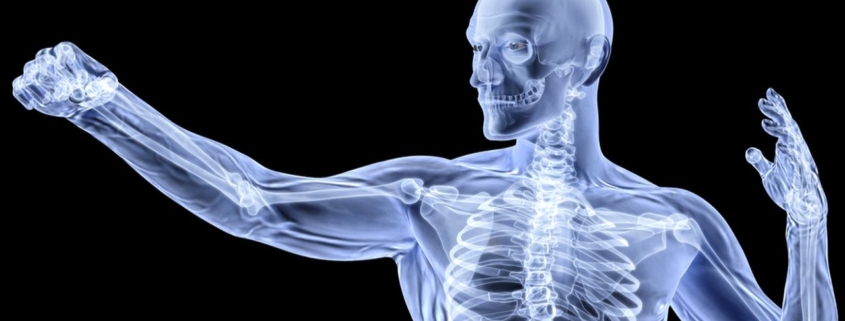We receive and treat many patients for various complications at our orthopaedic hospital in Dwarka, and some of our best orthopaedic doctors in Dwarka tell each patient to spend some time under the sun.
You may be in need fo sunshine and if you are looking for arthritis or orthopaedic treatment in dwarka or Delhi, suffering knee pain during this winter; this article from one of the best arthritis doctors in Dwarka can help, you could also visit our orthopaedic centre in Dwarka.
Vitamin D is also called the “sunshine vitamin” as it is produced in your skin as a response to sunlight. This vitamin is fat soluble, and forms a group of compounds that also includes vitamin D-1, D-2, and D-3.
Our bodies produce vitamin D naturally!!
This happens when we are directly exposed to sunlight, we can also the same through some foods and supplements to make sure we have adequate levels of the vitamin in our blood.
Vitamin D is very beneficial and serves many important functions but perhaps the most vital out of these is regulating how and if our bodies absorb calcium and phosphorus; this helps maintain a healthy and functioning immune system. Getting enough amounts of vitamin D is essential for the growth and development of our bones and teeth, as well as better immunity against certain diseases.
If our bodies don’t get enough vitamin D, we put ourselves at risk of developing bone related conditions like soft bones (osteomalacia) or fragile bones (osteoporosis).
Here are three rather surprising benefits of vitamin D you may not have expected.
- Vitamin D fights against disease
In addition to all the primary benefits, research has shown that vitamin D may be playing a considerable role in reducing risk of Multiple Sclerosis, decreasing the risk of developing heart conditions, reducing the chances of catching flu.
- Vitamin D can help with depression
Research has revealed vitamin D plays a considerable role in improving mood and fighting off depression, scientists have found that people with depression who were given vitamin D supplements noted a significant improvement in mood and feeling.
In a study on people with fibromyalgia, vitamin d deficiency was found and was more common in those people dealing with anxiety and depression.
- Vitamin D aids weight loss
You should I think of vitamin D supplements when you think of a healthy diet if you’re aiming to knock off a few kilograms or trying to gain some resistance, even if you’re turning to deal with conditions like heart disease. In a study between people trying to lose weight with and without vitamin D, those who took daily calcium and vitamin D supplements were able to lose more weight than those subjects who were on a placebo supplement. The scientists surmised that extra calcium and vitamin D had appetite-suppressing effects.
In other studies, overweight people who took daily vitamin D supplements lowered their risk of heart disease.
So call it the miracle vitamin or the miracle vitamin, just get that dose of vitamin D


